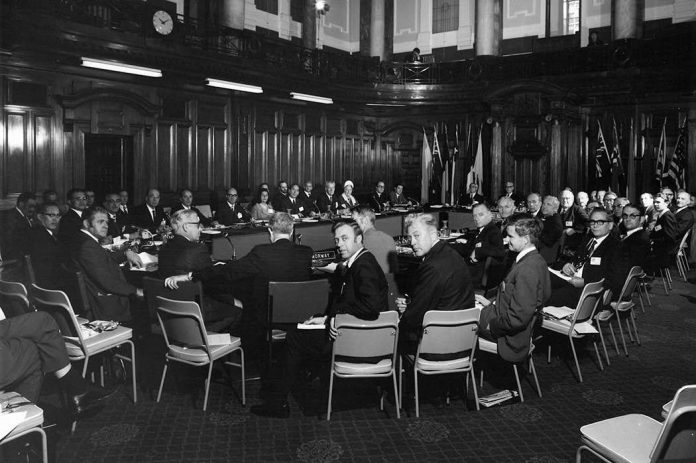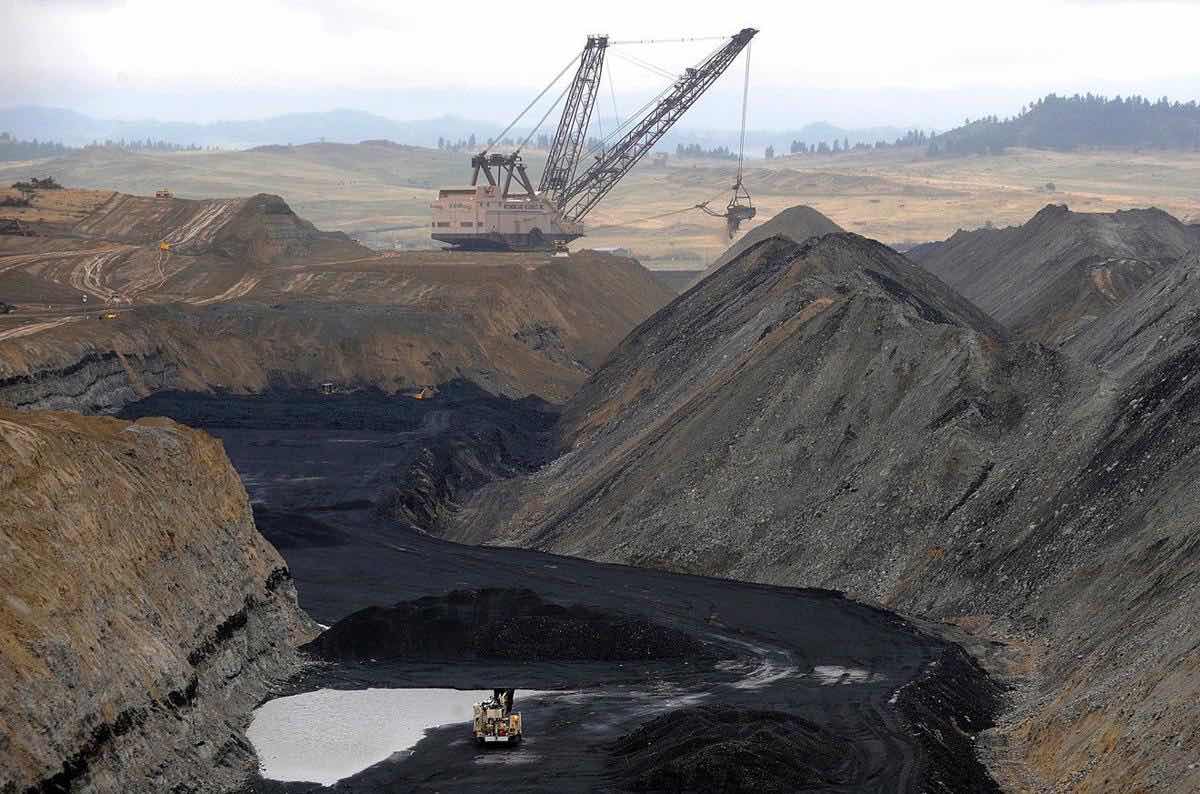The year was 1959 and the end of the International Geophysical Year had seen research in Antarctica take giant leaps forward. Scientists from all over the world were making incredible discoveries in what was a largely unexplored environment. But after some saw the potential for conflict between nations who were making territorial claims to parts of the continent, and so the Antarctic Treaty was negotiated and eventually signed on the 1st of December 1959.
The Antarctic Treaty commits to using the area below 60°south for peace. It supports the freedom of scientific investigation and allows for cooperation between nations. Together, these are the foundations that work in Antarctica relies on to this day.
Over the years, a number of other measures, protocols and conventions have been added to collectively form the Antarctic Treaty System (ATS). Among these, the Convention for the Conservation of Antarctic Marine Living Resources (CCAMLR) prioritises the protection of marine life and ecosystems in the Southern Ocean that surrounds Antarctica. The Antarctic-Environmental Protocol is another important example. It ensures Antarctica’s pristine environment is protected by setting out a regulatory framework that includes a full ban on mining.
This month, the Antarctic Treaty Consultative Meeting (ATCM) meets in Prague. As we approach the sixtieth anniversary of the Antarctic Treaty being signed, we must protect the spirit of the original Treaty. Although it laid a strong foundation, there are opportunities for the ATCM to ensure it continues to safeguard Antarctica against global challenges such as climate change and biodiversity loss by using the tools in the Environment Protocol (1991).
Already, the dramatic impacts of climate change are being seen across Antarctica. Earlier this year, scientists discovered a worrying feedback loop in East Antarctica where melting glacial ice sheets are accelerating the rate of ice melt and sea level rise. Described by international media as “one of the most worrisome predictions about climate change coming true”, this is just one example of the urgency for international collaboration and scientific research in the face of global climate change. Given the region’s profound effect on the Earth’s climate and ocean systems, it is critical that ATCM continues to protect Antarctica through collaborative science and research. The ATCM also has numerous opportunities, such as through the designation of protected areas, to promote Antarctic ecosystem resilience.
Looking back, there are many examples that collaborative science and research under the ATS leads to countries working together for the global good. The most famous of these was the discovery that the ozone layer above Antarctica was being depleted, threatening global atmospheric circulation. After it was first identified in 1985, a flurry of international research led to the development of policy and solutions, with some nations phasing out ozone-depleting CFCs and halons. Today, monitoring data shows that the ozone layer over Antarctica is beginning to heal. Similar work will be needed to protect and restore Antarctica and the Southern Ocean from human impacts such as climate change, ocean acidification, and biodiversity loss.
There is immense value in protecting a shared wilderness for the benefit of all humankind. And so, as we attend ATCM, let’s hope that parties to the Treaty can look to the next sixty years and beyond by supporting environmental protection, science, and peace for the good of humanity.













